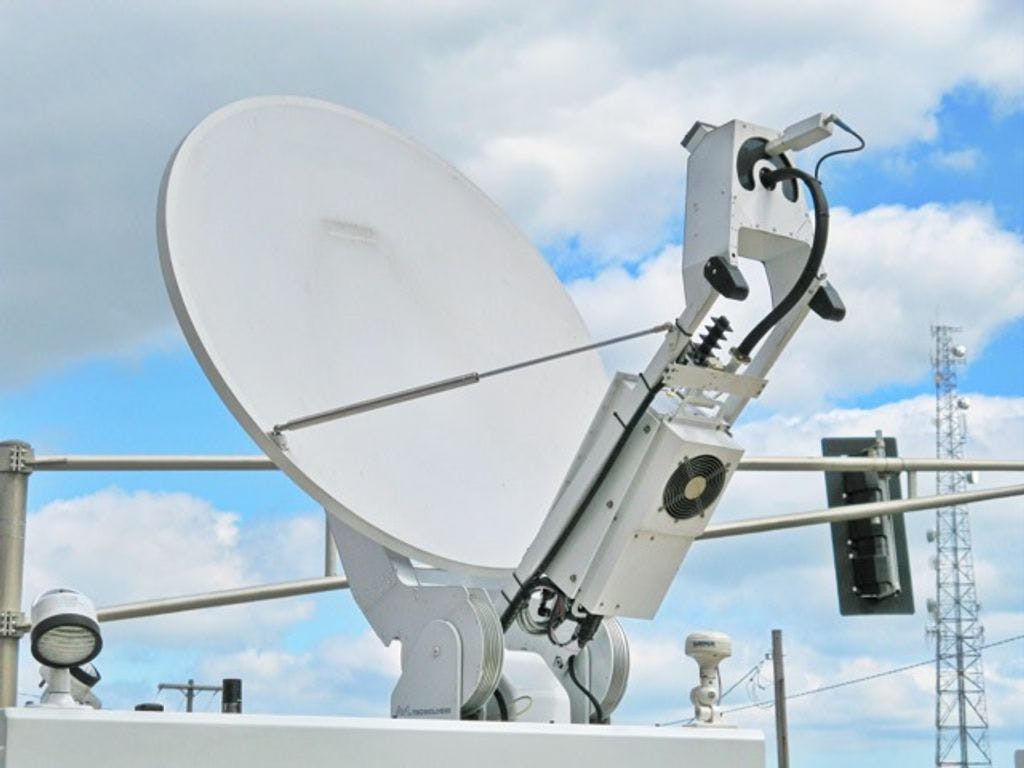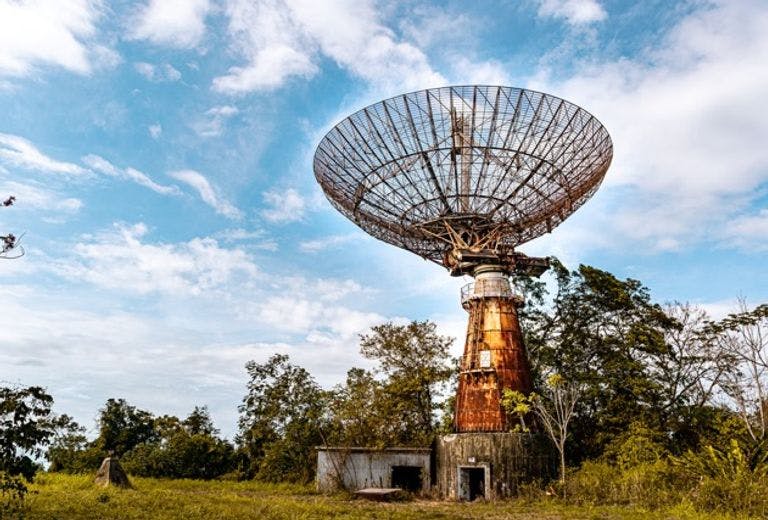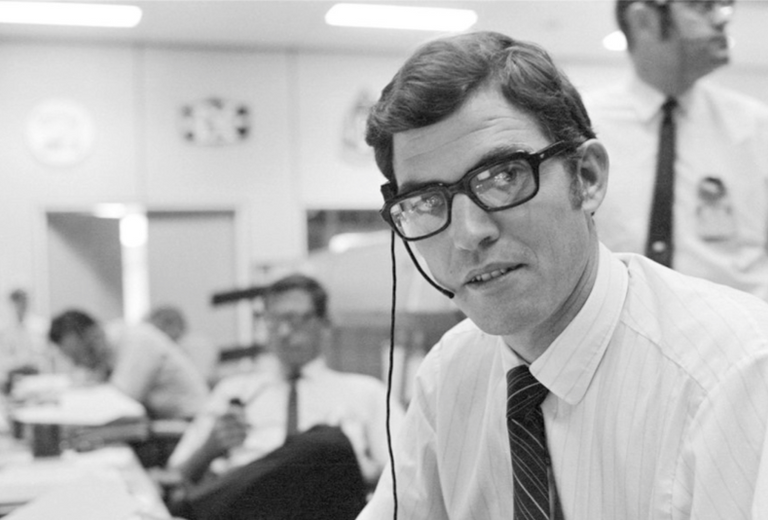Demystifying VSAT: The Future of Global Communication
In the vast universe of communication technology, Very Small Aperture Terminals, popularly known as VSATs, have emerged as a force to reckon with. While the term may sound intricate and highly technical, its impact on our world is both profound and transformative. This article, tailored for the Steely audience, delves into the very heart of VSAT – its essence, its applications, and its future. Let's begin this exploration.

Table of Contents
- Introduction to VSAT
- Working Principle of VSAT
- Types of VSAT
- Applications and Benefits
- Challenges and Solutions
- The Future of VSAT
- Conclusion
Introduction to VSAT
Very Small Aperture Terminals, or VSAT, are satellite ground stations that allow two-way satellite communication. These ground stations, typically with dish antennas ranging from 0.75 to 2.4 meters in diameter, can both transmit and receive data from a satellite orbiting the Earth.
Unlike the large dishes we may picture when thinking of satellite communication, VSATs, true to their name, are compact. This very nature makes them incredibly versatile, enabling communication in remote areas, onboard ships, and even in urban settings where traditional connectivity solutions might falter.
Working Principle of VSAT
To truly appreciate the marvel that is VSAT, one needs to understand its working principle. At its core, a VSAT system comprises three main components:
- The Satellite: Typically, these are geostationary satellites, which means they remain in a fixed position relative to a specific point on Earth. This stationary nature ensures a consistent communication link.
- The Central Hub: This is the master control center. All communications between individual VSATs and the destination (like the internet) pass through this hub.
- Individual VSATs: These are the user-end terminals, installed at various locations.
When a VSAT user wants to transmit data, the process usually follows these steps:
- Data is sent from the VSAT terminal to the satellite.
- The satellite relays this data to the central hub.
- The hub then processes the data and connects to the desired destination (like a web server).
- For data coming in the opposite direction, the process is simply reversed.
Types of VSAT
VSAT technology is not monolithic; it varies based on requirements and applications. There are primarily two configurations of VSAT:
- Star Topology: Here, each VSAT terminal communicates directly with the hub. The hub is responsible for routing and managing communications between the satellite and the individual terminals.
- Mesh Topology: In this configuration, VSAT terminals can communicate directly with each other through the satellite, bypassing the need for a hub.
Another classification is based on the frequency bands they operate on - C-band, Ku-band, and Ka-band. Each band has its advantages, suitable for different applications and environments.
Applications and Benefits
The true power of VSAT lies in its applications:
- Remote Connectivity: From research stations in Antarctica to rural villages in Africa, VSAT provides reliable internet and communication services.
- Maritime Communications: Ships at sea can maintain consistent communication with land, accessing weather updates, navigation data, and even entertainment.
- Telemedicine: Medical practitioners in remote areas can consult with specialists in urban centers, ensuring patients receive the best care.
- Emergency Response: In disaster-stricken areas where traditional communication lines are down, VSAT systems can be quickly deployed for rescue and relief operations.
The benefits of VSAT are manifold:
- Reliability: Unlike terrestrial networks that can be affected by local conditions, VSAT networks provide consistent connectivity.
- Scalability: Whether it's a single remote office or a multinational corporation, VSAT networks can be scaled to fit any requirement.
- Global Reach: No matter where you are on the planet, VSAT can provide a communication link.
Challenges and Solutions
Like any technology, VSAT has its challenges:
- Latency Issues: Due to the distance data has to travel to the satellite and back, there can be a slight delay.
- Weather Interference: Especially in the Ku and Ka bands, weather conditions like heavy rain can affect signal quality.
However, with continuous advancements in technology, these challenges are steadily being overcome. Adaptive modulation, error correction techniques, and advanced antenna designs are ensuring that VSAT communication remains robust and reliable.
The Future of VSAT
As we look forward, the horizon for VSAT is incredibly promising. With the advent of Low Earth Orbit (LEO) satellite constellations like Starlink by SpaceX, the potential for lower latency and higher throughput is on the horizon. Moreover, advancements in beamforming technology mean that future VSAT systems can adapt in real-time to provide the best possible connection.
VSAT isn't just about the technology; it's about bridging divides, fostering global connections, and pushing the boundaries of what's possible.
Conclusion
VSAT, in essence, is a beacon of global connectivity. It epitomizes humanity's quest to stay connected, irrespective of geographical challenges. From its technical intricacies to its vast applications, VSAT is more than just a communication tool; it's a testament to human ingenuity.
Discover more about the world of communication technology, satellites, and more on the Steely blog. Dive deeper into the evolution of VSAT on our dedicated What is VSAT page.

A collective of dedicated professionals committed to enhancing satellite communication security. When they aren't analyzing complex telemetry data or crafting state-of-the-art tools, they're deeply engaged in thought leadership, sharing insights to empower a safer, more connected world.


